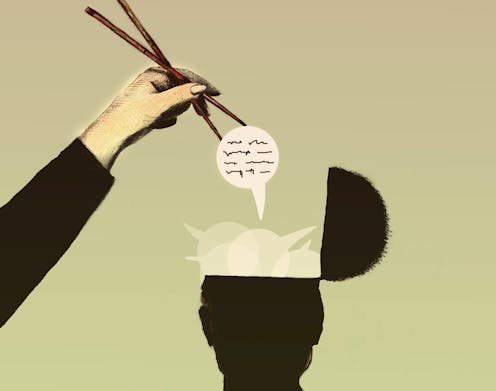

Authors: Beth Meisinger, Associate Professor of Psychology, University of Memphis
Read more


